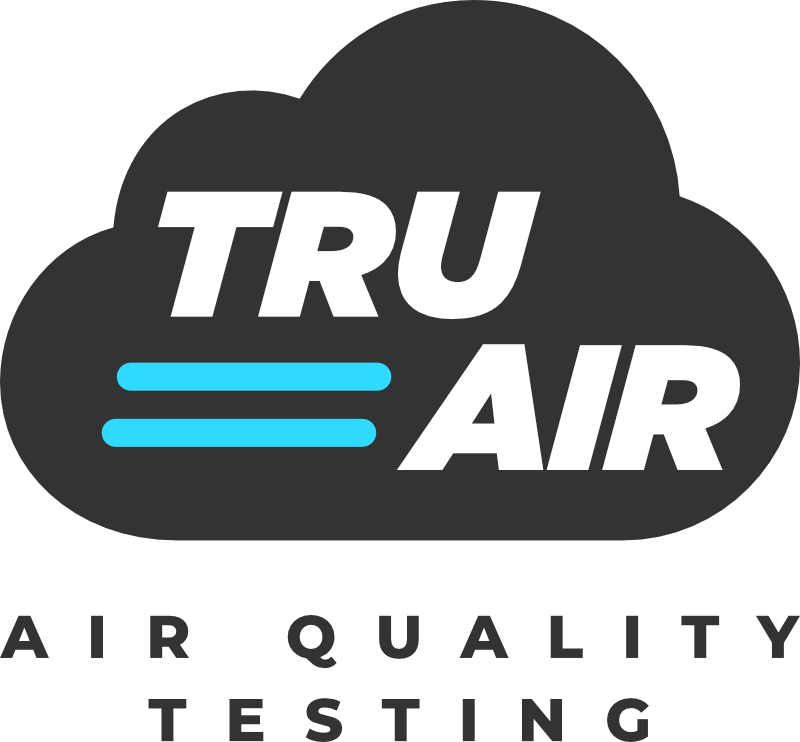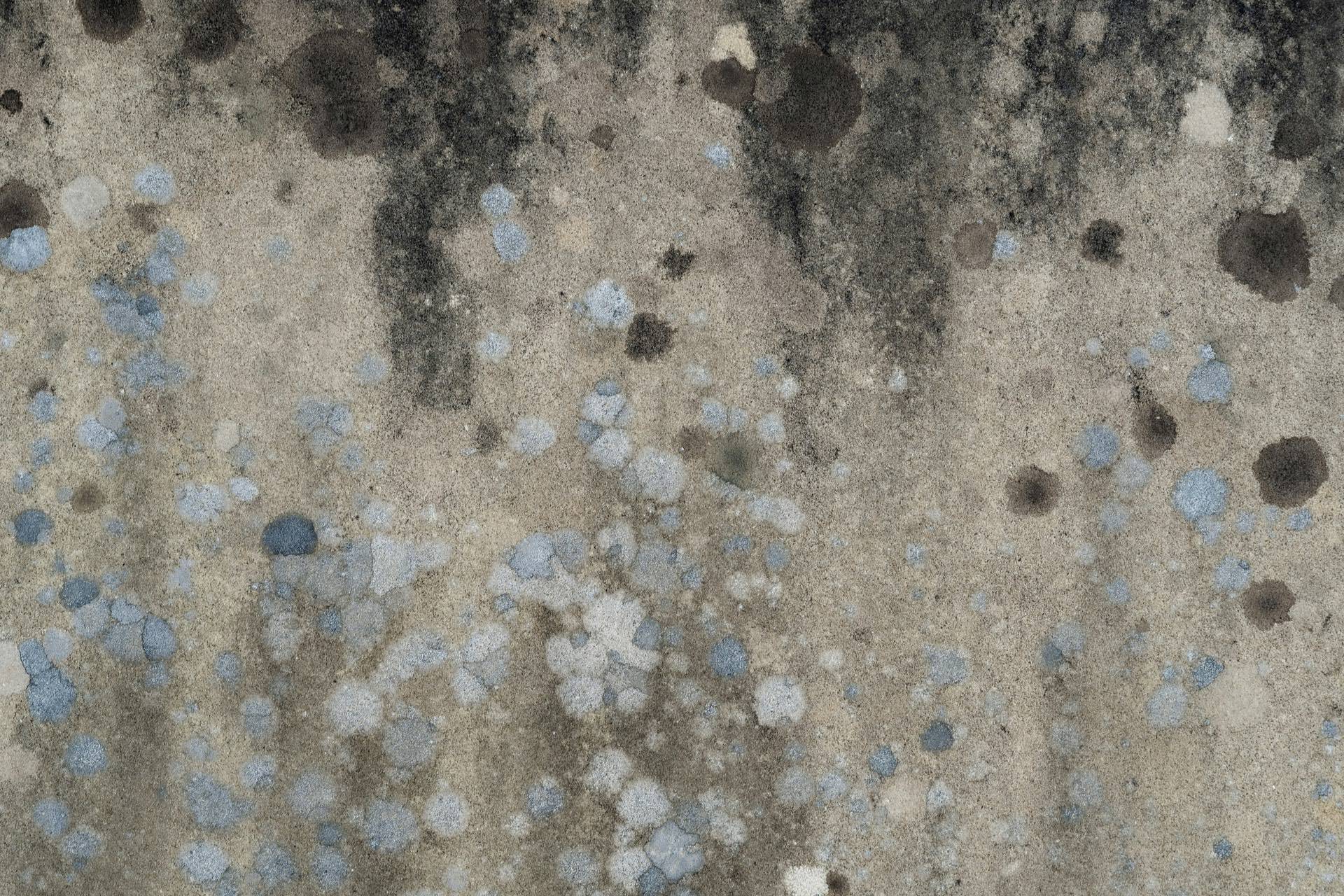In the pursuit of a safe and healthy home, there’s an often-overlooked threat that can lurk in the air, potentially causing respiratory issues and compromising indoor air quality: mold. In Canada, where homes are sealed tightly to combat the harsh weather, the risk of mold growth increases. In this blog post, we’ll delve into the importance of testing for airborne mold spores in homes and why it’s a crucial step toward ensuring the well-being of your living space.
Understanding the Mold Menace:
Mold is a type of fungus that thrives in damp and humid conditions. While it plays a crucial role in nature by breaking down organic matter, it becomes a problem when it infiltrates our homes. Mold reproduces by releasing tiny spores into the air, and when these spores are inhaled, they can trigger a range of health issues, particularly for individuals with respiratory conditions or weakened immune systems.
The Canadian Climate Connection:
Alberta’s diverse climate, with its cold winters and humid summers, creates an environment where mold can flourish. The airtight construction of many homes, designed to conserve energy, can inadvertently trap moisture, providing an ideal breeding ground for mold. As a result, it’s imperative for homeowners to be proactive in identifying and addressing potential mold issues.
The Importance of Airborne Mold Spore Testing:
- Early Detection:
Airborne mold spore testing allows for the early detection of mold problems before they become visually apparent. Identifying mold at an early stage can prevent extensive damage and costly remediation. - Health Protection:
Mold exposure has been linked to a variety of health issues, including respiratory problems, allergies, and skin irritation. Testing for airborne mold spores helps protect the health of you and your loved ones by identifying potential risks. - Indoor Air Quality:
Mold not only affects the structural integrity of your home but also compromises indoor air quality. Testing for mold spores ensures that the air you breathe is free from these potentially harmful contaminants.
The Testing Process:
Airborne mold spore testing typically involves collecting air samples from different areas of your home. Professional indoor air quality services use specialized equipment to capture and analyze these samples, providing accurate data on the presence and concentration of mold spores.
Taking Action:
If airborne mold spores are detected, prompt action is essential. Remediation may involve addressing underlying moisture issues, improving ventilation, and removing existing mold growth. Professional assistance ensures that the remediation process is thorough and effective.
Conclusion:
In the quest for a healthy home environment, airborne mold spore testing is a critical step that should not be overlooked, especially in the unique climate of Alberta. By proactively addressing potential mold issues, homeowners can safeguard their homes and the well-being of their families. Investing in professional indoor air quality testing is an investment in the long-term health and comfort of your living space. Breathe easy, and take the necessary steps to ensure your home is mold-free and conducive to a healthy, happy life in the Great White North.

